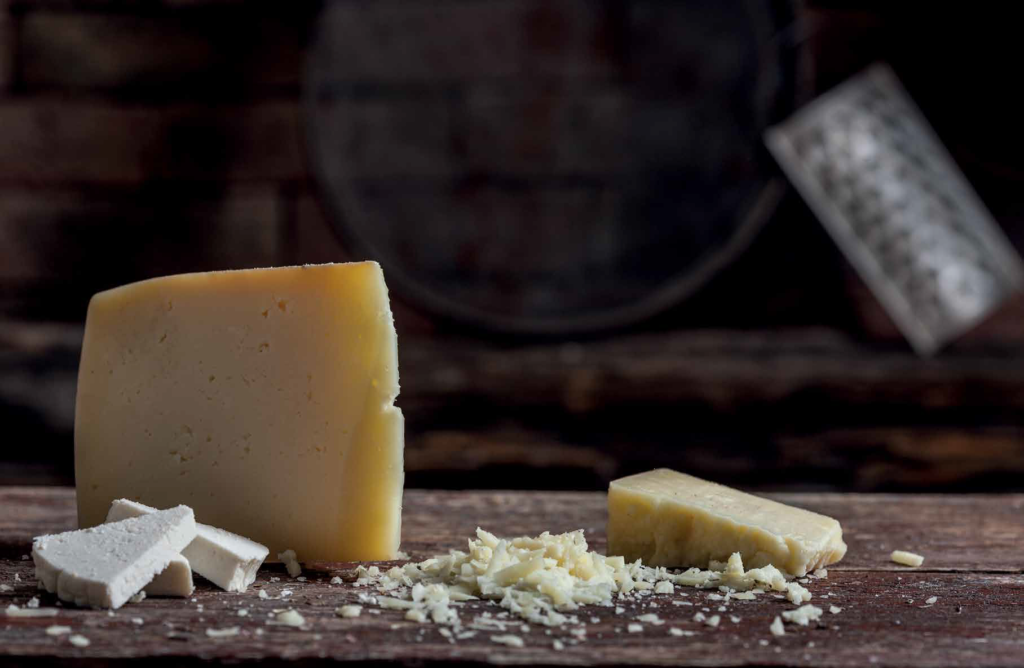Cheese in a Nutshell
Cheese is undoubtedly one of the most favorite foods globally, as it is an indulging and satisfying suggestion for every meal of your day. Although there is a huge variety of options available in the cheese market, which may be tricky for the consumer, all kinds of cheese demonstrate some basic nutritional characteristics, that make them really valuable in our diet. WORDS BY MARISOFI PELAGIDOU, DIETICIAN –NUTRITIONIST MSC, www.sofidiet.gr
 In general, cheese offers high quality proteins, phosphorus, zinc, magnesium and of course the most unique and rich element in all dairy, calcium. Protein content of different kinds of cheese may vary, according to their moisture percentage and production processes.
In general, cheese offers high quality proteins, phosphorus, zinc, magnesium and of course the most unique and rich element in all dairy, calcium. Protein content of different kinds of cheese may vary, according to their moisture percentage and production processes.
Something really interesting and helpful, that is not widely known, is that people who experience lactose intolerance can eat cheese in reasonable amounts, as it contains lactose in low levels, which makes it easier for the human body to digest, thus intolerance symptoms are avoided.
However, something that will surprise mostly Greek and Meditteranean diet-friendly audiences is that their favorite habit of combining legumes, like lentils for example, with Feta can have catastrophic results, in terms of iron absorption into our body. (You ‘d rather consume Vitamin C to counterbalance this effect.)
In general, contrary to popular belief, yellow cheeses include more calcium content that white ones. Specifically, Parmesan has presumably the highest iron content of all cheeses. Love Parmesan?You’d be surprised to knew that there is a reason you cannot do without it in your meals; a Yale University study proves that cheese is in fact addictive, because of its high levels of casein. (Note: Casein is a milk protein of slow action but of high biological value, which activates the same brain cells with drugs, thus the addictive element mentioned above).
In terms of nutrients, all cheeses contain the very important complex B vitamins, necessary for a well-functioning neurological system and a strong memory. In Greece, we traditionally combine watermelon and melon with Feta or Graviera, which is actually a very good combination, because the vitamin C of the fruits helps the calcium salts of cheeses to be absorbed to our teeth and bones. It also promotes the lycopene input from the fruits- abundant in watermelon. Another favorite, easy and pleasant cheese partner is wine. Why is that? Because cheese can ultimately change our perception of a wine’s flavor, by strengthening it fruity aromas. In studies conducted on red wines, cheese brought out the wine aromas by simultaneously reducing its sharpness and the dryness cause by tannins. In sweet white wine, cheese did not alternate its flavor much, but in dry whites the main aroma was notably strengthened. As a rule, it is generally advised to combine your wine with cheese, as it is more likely to get more benefits from dairy products, whatever the personal choice of wine or cheese.
In Greece, we traditionally combine watermelon or melon with Feta or Graviera, which is a very good combination

